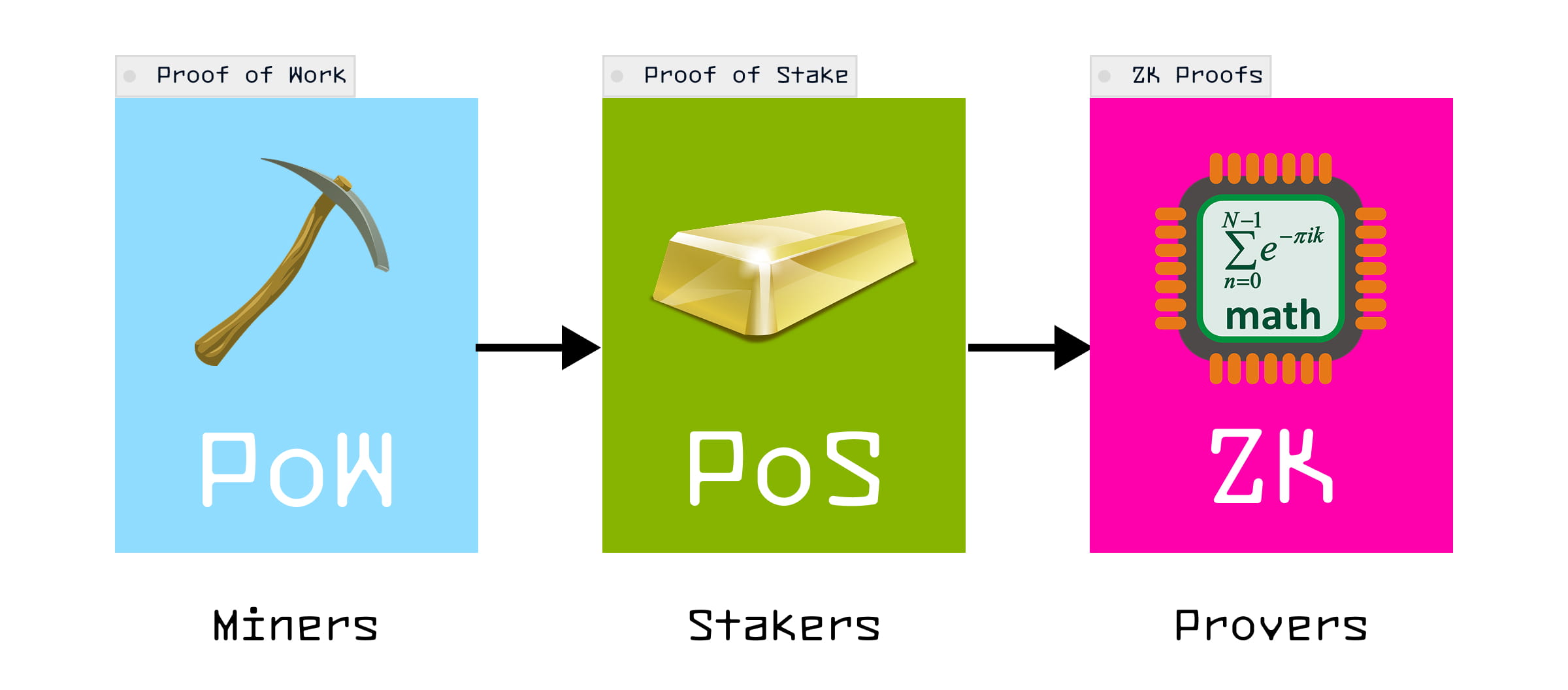When we talk about the next decade of blockchain technology, scalability issues are always an unavoidable topic. Traditional blockchains require all nodes to redundantly execute the same transactions to verify correctness. While this redundant computation ensures the security of decentralization, it severely limits the system's processing capacity. Today, an innovative project called Succinct is addressing this dilemma in a novel way.

Succinct network redefines the proving ecosystem
The prover network built by Succinct is a protocol running on Ethereum that coordinates a distributed prover network to generate zero-knowledge proofs for any software. This system creates a bilateral market connecting provers and requesters, providing proof services for various applications such as blockchains, cross-chain bridges, oracles, AI agents, and video games.
Unlike traditional zero-knowledge proofs that require developers to build custom circuits and master complex cryptography, Succinct allows developers to generate zero-knowledge proofs directly from ordinary code, as simple as running software on a computer. This method, known as 'ZK 2.0', is made possible by the groundbreaking zero-knowledge virtual machine SP1, which abstracts complexity, making proof generation as seamless and programmable as traditional computing.
Not just a solution for blockchain scalability
Succinct's vision goes far beyond solving the scalability issue of blockchain. In the year 2025, robots and spam information flood the internet, and AI-generated content will soon inundate the web with extremely sophisticated fake images, texts, and media, making it difficult for people to distinguish between the real and the fake. We are facing a crisis of trust.
Zero-knowledge proof technology offers a way to restore trust. Imagine if cameras could cryptographically sign each frame to ensure the originality and integrity of images and videos; if social media posts could prove they were written by real people, verified through secure biometric devices without compromising user privacy; if sensors in scientific research and news reports could provide cryptographic proof, ensuring that readings and reports have not been tampered with. These application scenarios would fundamentally change our understanding of the authenticity of the digital world.
A new blockchain model of tripartite balance
Succinct introduces a third role beyond traditional mining and staking - the prover. Just like mining with proof of work or staking with proof of stake, proving is an open and permissionless process. Anyone can participate by running a prover node and contributing computational power to the network.
The groundbreaking universal zero-knowledge virtual machine SP1 changes the game. Traditional zero-knowledge proof systems are like highly optimized application-specific integrated circuits that lack flexibility, limited to narrow use cases that require custom circuits and expertise. The emergence of SP1 is like a CPU that can run any program and prove its execution process, allowing zero-knowledge proofs to be generated directly from standard code without the need for custom circuits or cryptographic expertise.
In this system, developers write software in common programming languages and deploy it as programs to the prover network; users submit requests for proof generation transactions; provers compete to generate proofs, with the most efficient prover receiving rewards. Through a competition mechanism based on efficiency and cost, the network ensures that computations are executed optimally while maintaining decentralized characteristics.
Looking forward to the future of the proof era
From the perspective of technological innovation, what Succinct is building is not just a product but a completely new infrastructure paradigm. It brings zero-knowledge proof technology from the laboratory to real-world applications, expanding from specialized fields to tools that ordinary developers can use. The significance of this change is comparable to the transition from assembly language to high-level programming languages, greatly lowering the barrier to entry for zero-knowledge proof technology.
For investors and tech enthusiasts focused on the development of the blockchain ecosystem, Succinct represents a fundamental innovation at the infrastructure level. It is not a minor tweak within the existing framework but a redefinition of our understanding and application of verifiable computation.


